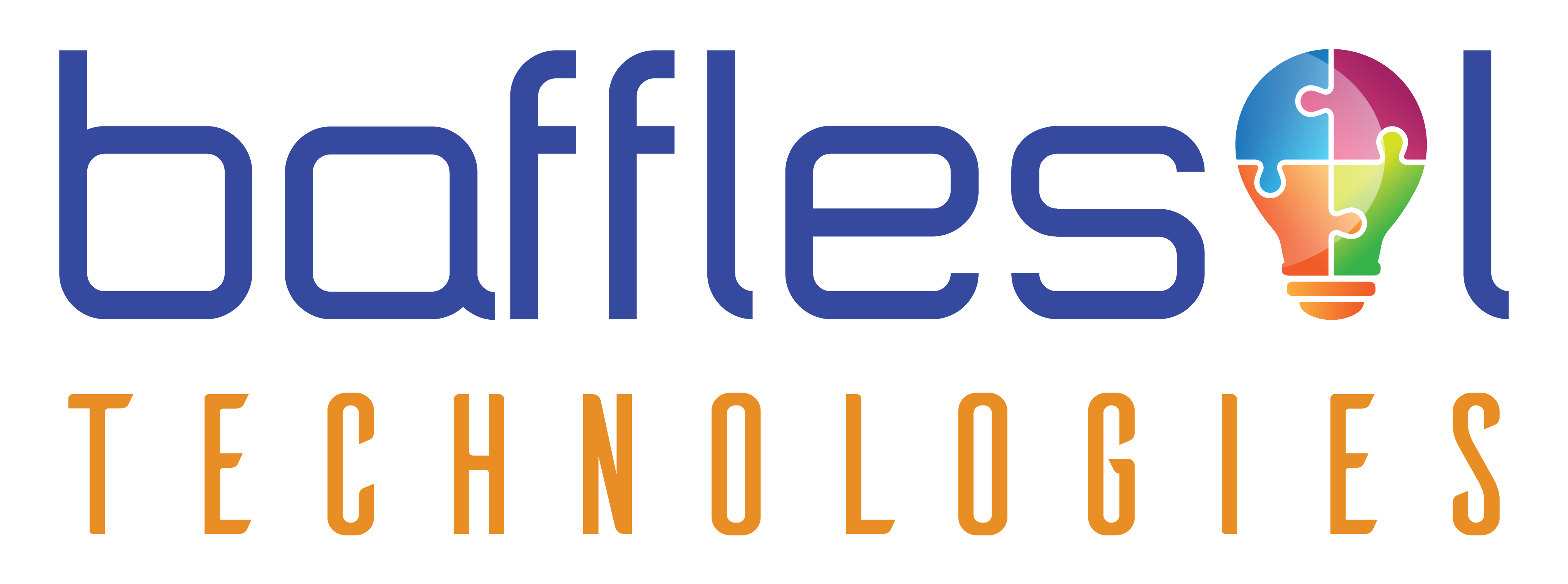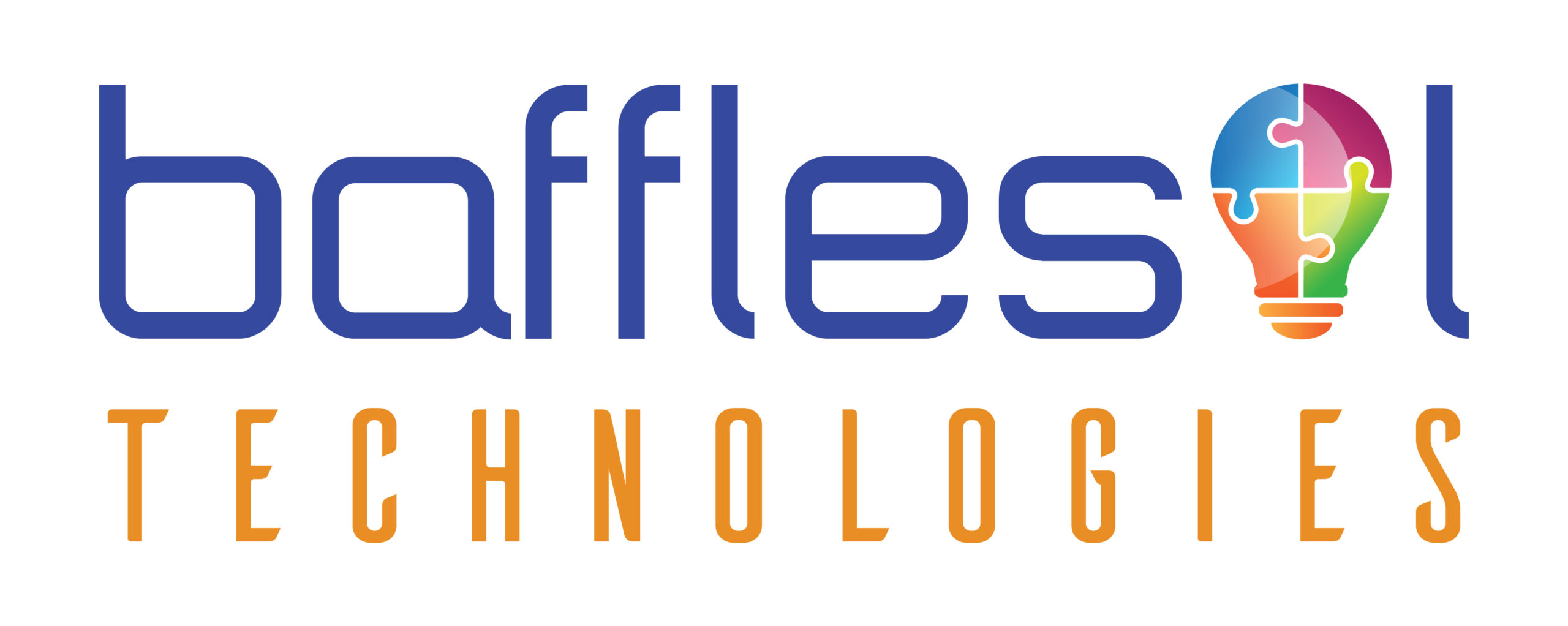In today’s data-driven world, the future belongs to those who can see it coming. That’s where Power BI and predictive analytics come in.
Microsoft’s robust business intelligence tool, Power BI, goes beyond analyzing past data. It empowers you to predict future trends and anticipate challenges. Microsoft’s Power BI, a dynamic business intelligence tool, has become a beacon for organizations seeking to analyze data and predict future trends.
Are you looking to predict the future and make smarter decisions? Power BI is your secret weapon. It’s a powerful tool that goes beyond just showing you what happened in the past – it can help you guess what’s coming next. This means you can make better plans, avoid problems, and stay ahead of the competition.
The Rise of Predictive Analytics
Businesses everywhere are going wild for predicting the future, trying to get ahead in this wild world. They realize that using their data to make decisions, not just guessing, is the key to winning. This is where Power BI comes in – it’s like a friendly superhero with superpowers for understanding your data and showing you what might happen next.
Understanding the Basics
Before delving into the realm of predictive analytics within Power BI, it’s crucial to grasp the fundamentals. Predictive analytics involves statistical algorithms and data modelling techniques to forecast future events. Power BI facilitates this process by providing a flexible environment where simple and complex algorithms can be employed and tailored to the specific data and business requirements.
Identifying Patterns and Trends
One of the distinctive benefits of using predictive analytics in Power BI is its ability to unveil hidden patterns and trends within data. Beyond the surface-level insights, businesses can gain a deeper understanding of their operations, enabling more informed decision-making. This capability is a catalyst for identifying growth opportunities and potential risks, allowing organizations to navigate the business landscape confidently.
Real-world Applications: Examples of Predictive Analytics in Power BI
To illustrate the practical applications of predictive analytics in Power BI, let’s explore a few examples:
1. Forecasting with Power BI:
- Power BI equips users with various tools to create accurate forecasts using predictive models.
- Time-series forecasting models enable the prediction of future trends.
- Custom forecasts can be generated by selecting specific variables and algorithms, offering a high degree of customization.
- The intuitive interface allows users to visualize predictions in diverse formats.
2. Power BI and Dynamics 365 Integration:
- Power BI and Dynamics 365 collaboration enhances data quality, delivers impactful insights, and ensures swift deployments.
- The integration allows the extraction, transformation, and visualization of CRM data within Power BI, providing actionable insights from customer data.
- Synergizes Power BI’s analytical prowess with Dynamics 365’s customer-centric data
- Facilitates unified workflows, reducing operational silos and enhancing overall efficiency.
3. AI Integration:
- Leveraging the power of Artificial Intelligence, the integration enhances decision-making accuracy and efficiency.
- Predictive analytics, automated reporting, and AI-driven insights create a more intelligent and streamlined business environment.
4. Power Platform Integration:
- Integration with other components of the Power Platform, such as Power Apps and Power Automate, ensures a unified and efficient data ecosystem across the organization.
- Power BI’s one-click visualization of Dataverse-stored data facilitates the creation of interactive dashboards and reports.
Strategizing and Planning: A Blueprint for Success
Organizations can follow a strategic approach to maximize the benefits of Power BI and predictive analytics. Implementing predictive analysis with Power BI necessitates a strategic approach.
- Start by aligning predictive analytics goals with overarching business objectives and thoroughly assessing historical data quality.
- Select appropriate predictive models, integrate seamlessly with Power BI, and ensure user adoption through training programs.
- Foster team collaboration, prioritize security and compliance and establish a robust monitoring and evaluation system for continuous improvement.
- Document the entire process, facilitate knowledge-sharing sessions, and consider scalability for future needs.
This holistic blueprint enables organizations to harness Power BI effectively for predictive analytics, fostering informed decision-making and strategic success.
Few Use Cases
Scenario: A retail company wants to predict future product sales trends.
Use of Power BI: Utilizing historical sales data, Power BI can employ forecasting models to predict future sales, enabling the company to optimize inventory, plan promotions, and allocate resources effectively.
Scenario: A subscription-based service wants to anticipate customer churn.
Use of Power BI: Power BI can integrate with customer databases, analyze usage patterns, and apply predictive models to identify potential churn risks. Visualizations help understand factors contributing to churn, allowing for proactive retention strategies.
Scenario: A manufacturing company aims to optimize its supply chain.
Use of Power BI: Power BI can analyze historical data, external factors (e.g., weather, supplier performance), and market trends to predict future demand. This information helps inventory management, supplier negotiations, and overall supply chain optimization.
Scenario: An HR department wants to predict employee attrition.
Use of Power BI: Power BI can integrate with HR databases, analyzing factors such as employee performance, satisfaction surveys, and work history to predict potential attrition. Visualizations aid in identifying patterns and implementing retention strategies.
Scenario: A utility company wants to predict future energy consumption.
Use of Power BI: Power BI can analyze historical usage patterns, weather data, and demographic information. Predictive models can forecast future energy demand, aiding resource planning and infrastructure development.
In conclusion, integrating Power BI for predictive analytics is a pivotal step towards unlocking the full potential of data-driven decision-making. Organizations can transform their data into valuable insights by following a strategic blueprint encompassing clear objectives, robust data, seamless integration, and a user-centric approach. This holistic process, marked by continuous refinement, collaboration, and scalability considerations, empowers businesses to navigate the complexities of predictive analysis confidently. As Power BI continues to evolve, staying at the forefront of innovation, its integration into predictive analytics heralds a future where informed decisions are not just a possibility but a strategic imperative for success. Embrace the power of predictive analytics with Power BI and propel your organization to a data-driven future.
BaffleSol, a leading provider of innovative business intelligence and data analytics solutions, brings this blog to you. For more insights and expert guidance on leveraging Power BI and predictive analytics, connect with BaffleSol’s team of seasoned professionals. Your journey towards data-driven success starts here.



